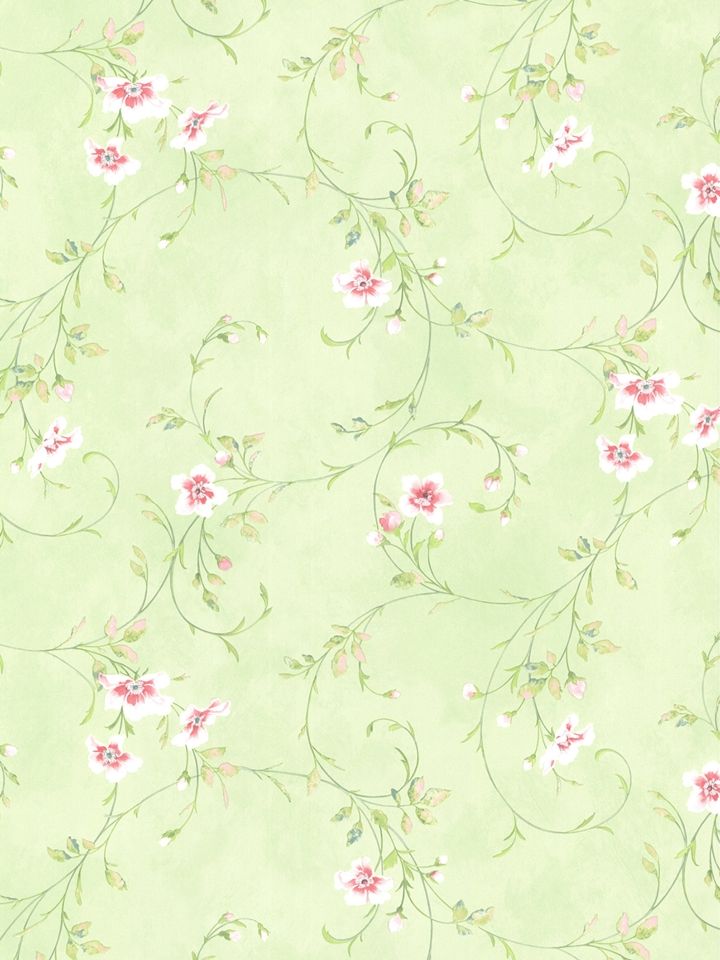
Hans Holbein the Younger, 1533. A grand double portrait rich with symbolism: science, religion, death—and that iconic anamorphic skull.

Starry Night
Vincent van Gogh, 1889. A dreamlike sky full of motion, color, and feeling—an expression of isolation and wonder.

Mona Lisa
Leonardo da Vinci, c. 1503. World-renowned for her mysterious smile and the delicate sfumato shading around her face.

Impression, Sunrise
Claude Monet, 1872. The painting that gave Impressionism its name, capturing the harbor of Le Havre with loose brushwork and light effects.

The Scream
Edvard Munch, 1893. An iconic expression of existential angst and human anxiety portrayed with vivid color and swirling lines.

Autumn Cannibalism
Salvador Dalí, 1936. A surreal exploration of decay and transformation with his signature dreamlike imagery.

Black Iris III
Georgia O’Keeffe, 1926. An intimate, magnified flower study revealing natural forms and sensuality in abstraction.

Untitled (1982)
Jean-Michel Basquiat, 1982. A powerful neo-expressionist piece featuring raw lines, symbols, and vivid colors.

No. 5, 1948
Jackson Pollock, 1948. An iconic drip painting emblematic of abstract expressionism and chaotic beauty.

Self-Portrait with Thorn Necklace and Hummingbird
Frida Kahlo, 1940. A vivid self-portrait conveying pain, strength, and Mexican symbolism.

The Ballet Class
Edgar Degas, 1874. A graceful depiction of dancers in rehearsal capturing movement and light.

The Night Watch
Rembrandt, 1642. A monumental group portrait famous for its dramatic lighting and composition.

The Calling of Saint Matthew
Caravaggio, 1599–1600. A dramatic chiaroscuro painting capturing the moment Jesus calls Matthew to follow him.

Composition with Red Blue and Yellow
Piet Mondrian, 1930. A masterpiece of geometric abstraction using primary colors and black grid lines.

The Kiss
Gustav Klimt, 1907–1908. A shimmering golden embrace, symbolizing love and intimacy in the Art Nouveau style.

American Gothic
Grant Wood, 1930. An iconic portrayal of rural American values and stoic resilience.

The Card Players
Paul Cézanne, 1890–1892. A foundational Post-Impressionist work exploring form, color, and composition.

No. 1A, 1948
Jackson Pollock, 1948. A dynamic drip painting full of energetic abstract movement.